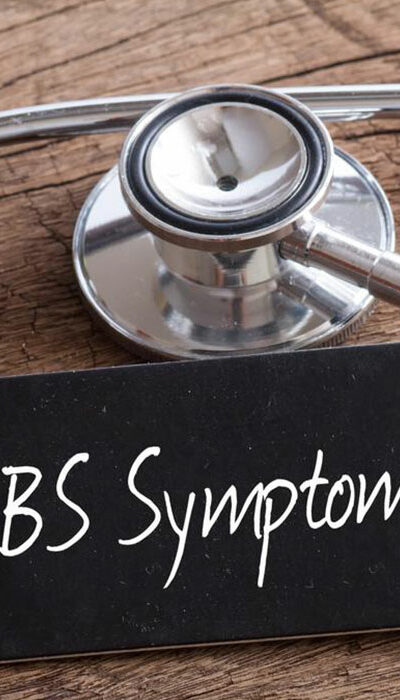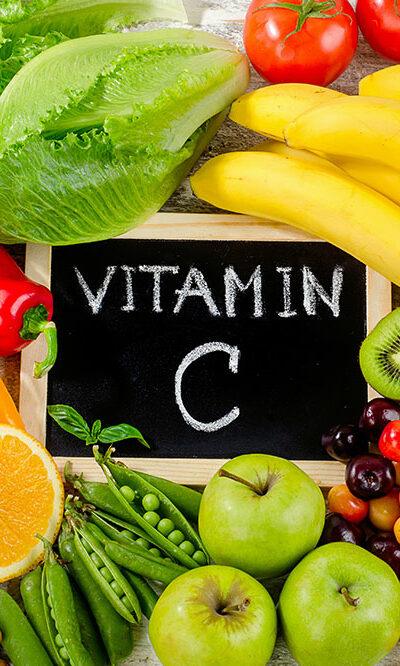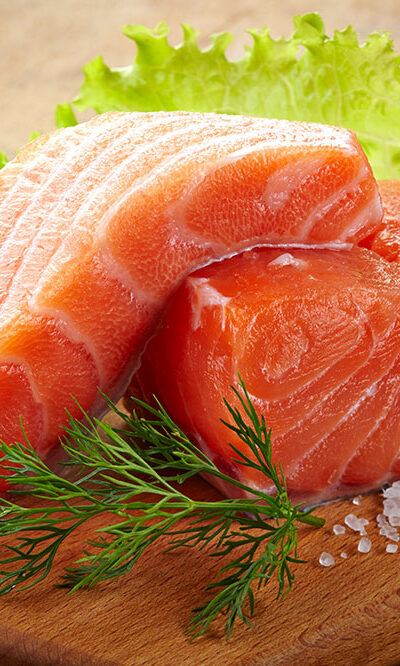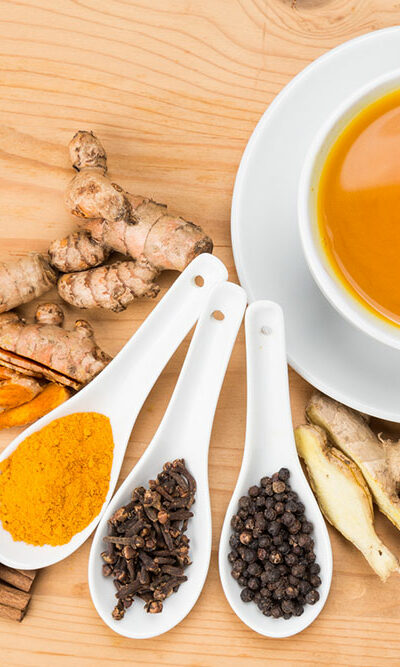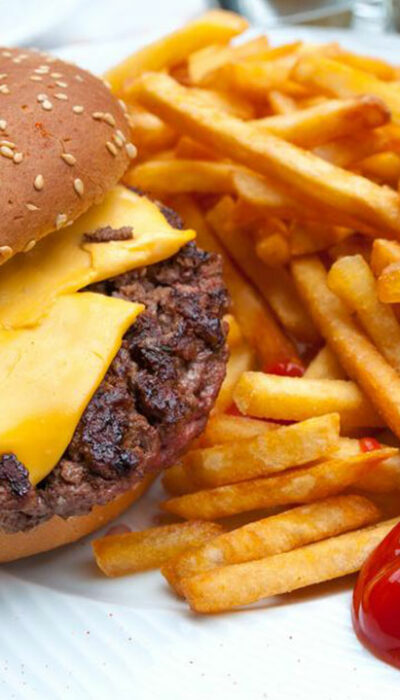
Ease Constipation with Probiotics
Probiotics are beneficial bacteria that are present in foods such as yogurt. A lot of research is being conducted on probiotics and constipation. Do they actually relieve constipation? Read on to know more. These friendly bacteria are known for being helpful for digestion. You can relieve your digestive woes by including the right amount of probiotics in your diet. Probiotics are also present naturally in the digestive tract. The extensive research concludes that probiotics have beneficial effects on those who suffer from or are prone to gastrointestinal conditions. These bacteria are known to ease bloating of the stomach, diarrhea, and constipation. Since maintaining a balance of good bacteria in the body is essential, you should take your ongoing dose of probiotics into your diet. It will top up the naturally existing friendly bacteria in your digestive tract and keep you healthy. Where can you get probiotics from? Probiotic supplements are very common these days. If you suffer from constipation, your doctor may prescribe probiotic tablets. These supplements are readily available in drug stores and are known to have healing effects on constipation. Probiotic supplements mostly contain friendly bacteria such as Bifidobacterium or Lactobacillus. These two are the most commonly used species of bacteria that are used as probiotics and constipation is a disease that can primarily be treated with it. Feed your probiotics with prebiotics To treat constipation, it is not only essential to have an adequate intake of probiotics but also to include enough fibers in the diet. Indigestible fiber contains prebiotics that feeds the probiotics selectively. This process helps the friendly bacteria to grow faster than the harmful bacteria and overpower them. Prebiotics or fibers are healthy for you as all prebiotics are extracted from plant-based sources. Prebiotics may be naturally found in vegetables such as onions, chicory roots, and artichokes.



